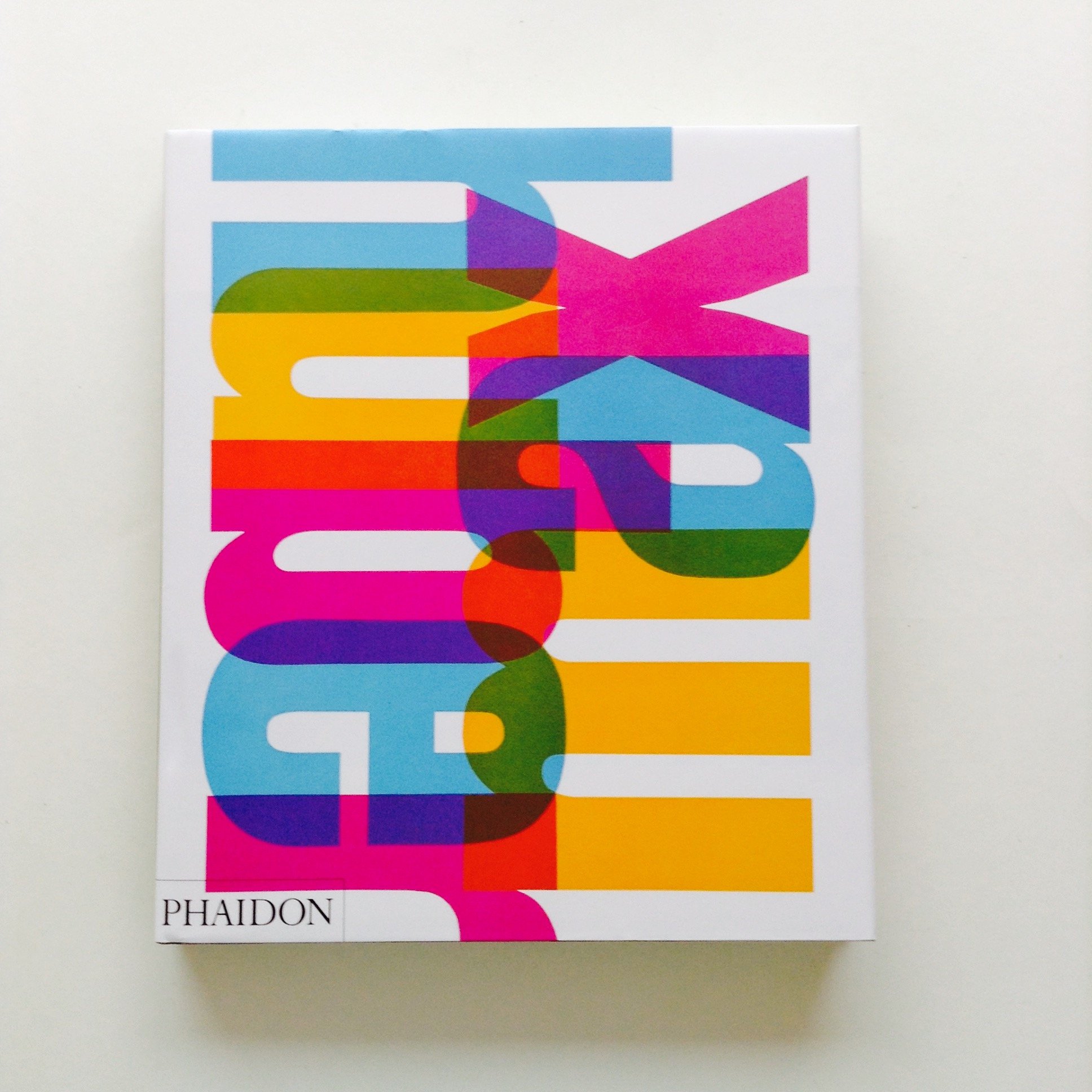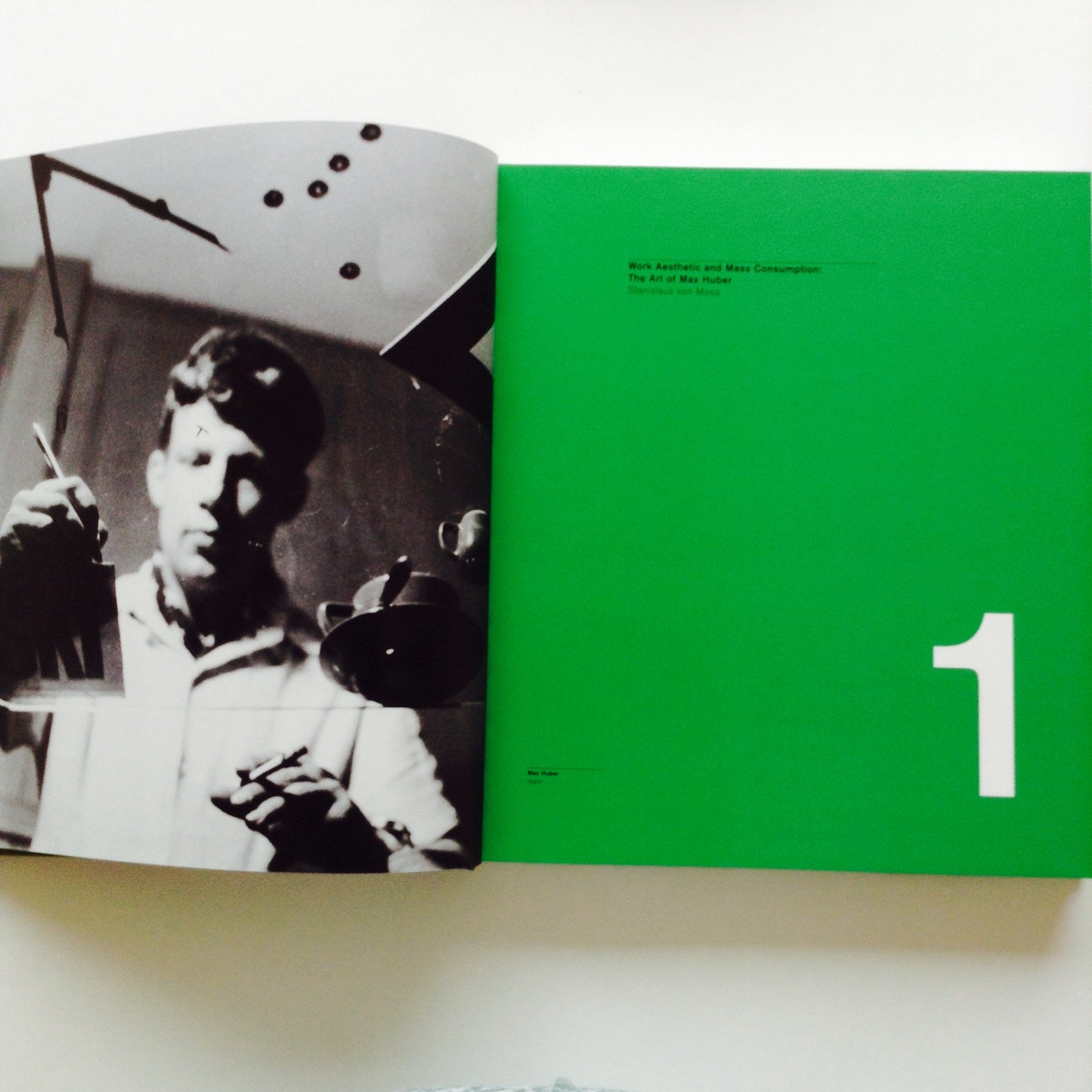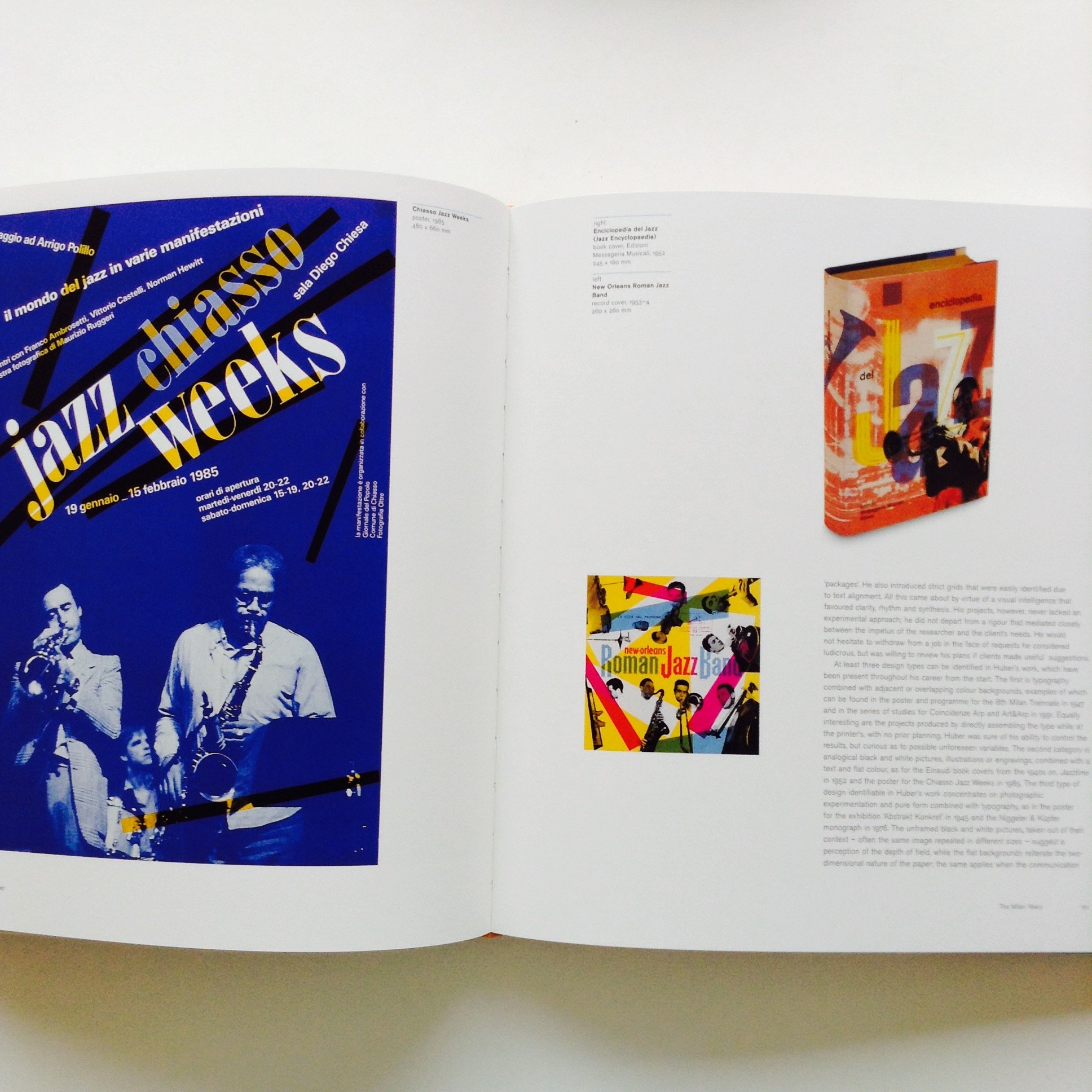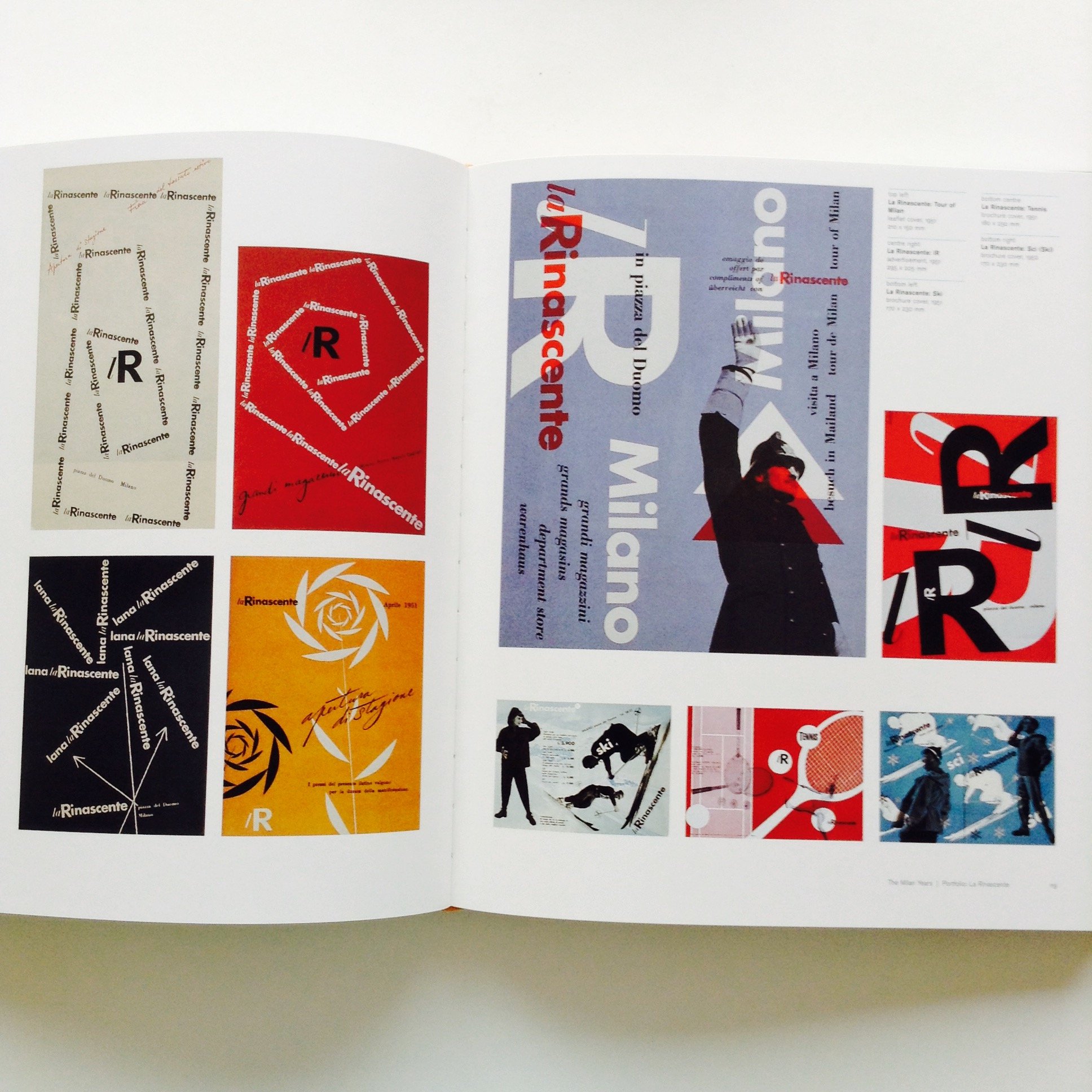 Image 1 of 7
Image 1 of 7

 Image 2 of 7
Image 2 of 7

 Image 3 of 7
Image 3 of 7

 Image 4 of 7
Image 4 of 7

 Image 5 of 7
Image 5 of 7

 Image 6 of 7
Image 6 of 7

 Image 7 of 7
Image 7 of 7








Max Huber
Max Huber. Stanislaus von Moos. 2011. Phaidon Press. First edition. Hardcover
240pp.
Stanislaus von Moos is Professor of Art History at Zurich University and an expert on modern European architecture and design. Editor of the magazine archithese, he has also written books on Le Corbusier, Venturi and Rauch, and the Esprit Nouveau.
Between 1942 and 1980, Max Huber (1919-92) earned an international reputation as one of the most innovative, distinctive and significant designers of his generation. After an Arts and Crafts education and a later graphic apprenticeship in Switzerland, he moved to Milan and started working at the Studio Boggeri. He returned to Switzerland during the Second World War where he became a member of 'Alliance', the distinguished association of modernist artists, and worked on various editorial projects. He moved back to Italy after the war and soon started receiving important commissions, including from Giulio Einaudi, a major Italian cultural publisher, who in 1946 asked Huber to renew the typography of his Milan-based publishing house. It was during this time that Huber became acquainted with a circle of brilliant left-wing intellectuals and artists, including Italo Calvino, Natalia Ginzburg, Massimo Mila, Cesare Pavese, Fernanda Pivano, and Stefano Terra.
Max Huber. Stanislaus von Moos. 2011. Phaidon Press. First edition. Hardcover
240pp.
Stanislaus von Moos is Professor of Art History at Zurich University and an expert on modern European architecture and design. Editor of the magazine archithese, he has also written books on Le Corbusier, Venturi and Rauch, and the Esprit Nouveau.
Between 1942 and 1980, Max Huber (1919-92) earned an international reputation as one of the most innovative, distinctive and significant designers of his generation. After an Arts and Crafts education and a later graphic apprenticeship in Switzerland, he moved to Milan and started working at the Studio Boggeri. He returned to Switzerland during the Second World War where he became a member of 'Alliance', the distinguished association of modernist artists, and worked on various editorial projects. He moved back to Italy after the war and soon started receiving important commissions, including from Giulio Einaudi, a major Italian cultural publisher, who in 1946 asked Huber to renew the typography of his Milan-based publishing house. It was during this time that Huber became acquainted with a circle of brilliant left-wing intellectuals and artists, including Italo Calvino, Natalia Ginzburg, Massimo Mila, Cesare Pavese, Fernanda Pivano, and Stefano Terra.
